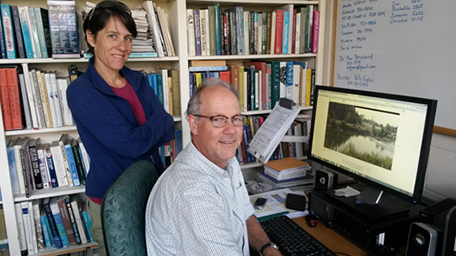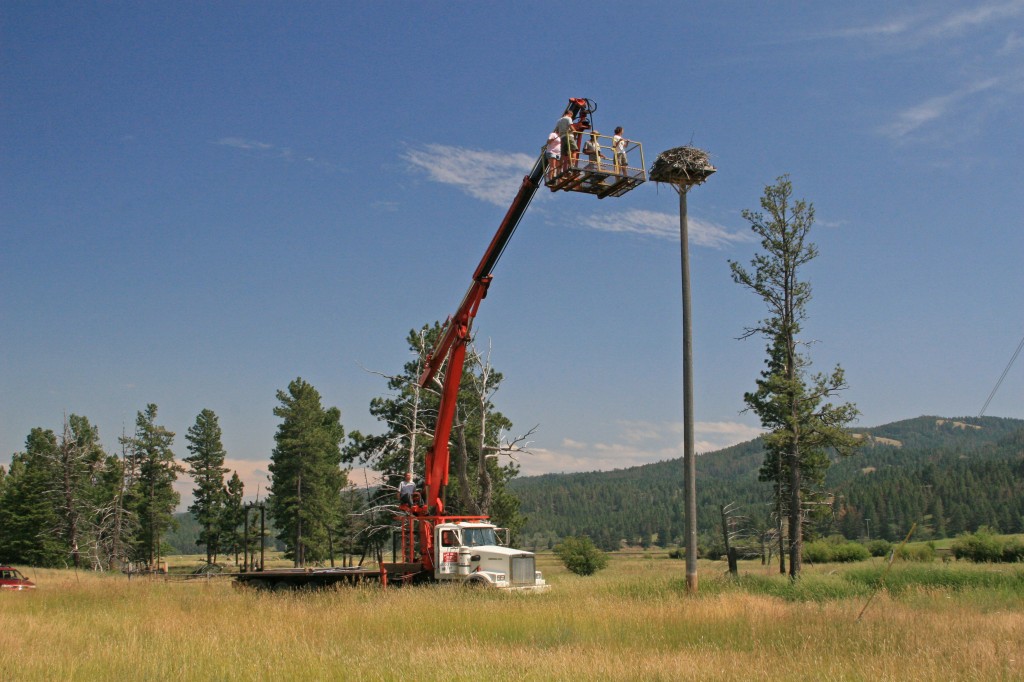Are you curious about Montana’s birds? Join the University of Montana Bird Ecology Lab for a morning of bird banding
At one of these locations:
Valley of the Moon Nature Trail on Rock Creek
Grant-Kohrs Ranch NHS in Deer Lodge
MPG Ranch near Florence (by appt. only)
The University of Montana has been awarded grants from the State of Montana’s Natural Resource Damage Program and the MPG Ranch to educate the public on healthy river ecosystems, the ecological effects of past mining activities, and current restoration projects along the Clark Fork River. Our Bird’s-eye View Education Program will run several times a week, from June – mid-August at bird banding stations. These events are free and are appropriate for kids and adults of all ages! Come and gain a bird’s perspective on past mining activities, riparian areas, and what current restoration efforts mean to them.
What can you expect to see & learn by visiting our bird banding station?
Observe birds “in the hand” and find out what a “brood patch” is.
Learn why biologists capture and band birds & what kind of data we collect.
Gain bird ID skills and learn a few common bird songs.
Find out why riparian areas are so important to birds.
Learn the history of mining activities in the Upper Clark Fork Basin and the effect those activities had on bird communities.
| BIRD BANDING SCHEDULE 2015 | ||
| Rock Creek | Grant-Kohrs Ranch | MPG Ranch* |
| Sun, May 31 | Mon, June 1 | Tues, June 2 |
| Mon, June 15 | Sun, June 14 | Sat, June 13 |
| Wed, June 24 | Thurs, June 25 | Tues, June 23 |
| Thurs, July 2 | Tues, July 7 | Wed, July 1 |
| Thurs, July 16 | Mon, July 13 | Tues, July 14 |
| Thurs, July 23 | Wed, July 22 | Fri, July 24 |
| Wed, August 5 | Tues, August 4 | Mon, August 3 |
*By appointment only, call Mike at 243-2056
Visitors should plan to arrive at either 7:00 am or 9:00 am in order to participate in our
The University of Montana is excited to continue our partnership with our long-time colleagues at Cfwep.org. This partnership provides a unified source for watershed education in the Clark Fork drainage as it relates to damages from a century of mining. We offer both school-year programs and summer programs to children and adults throughout the Clark Fork River Basin.
Through the staff and faculty here at UM, we run three diverse programs that reach out to our community with engaging science education:
- A week-long watershed education program aimed at 5th grade students in the Missoula County Public Schools, as well as Bonner and Clinton middle schoolers (administered in the spring and fall). The program is comparable to the Restoration Education Program (REP) program run by Cfwep.org to schools within the Superfund geographical site. Our program incorporates University students who train as interns – these interns learn the education materials and gain invaluable experience presenting material to school-age children in a way that is clear, simple and engaging. Our children, turns out, love the energy! University students bring enthusiasm and knowledge into their classroom and the young students welcome us.
- Two summer programs that use birds as the catalyst to learning about the health of our watershed:
- Osprey program – Through our Osprey program, we study Osprey chicks in nests along the Clark Fork river. These chicks, given Osprey’s behavior and natural history, are fed solely on fish from the Clark Fork river. By taking feather clippings and small blood samples from Osprey chicks, we can measure the level of heavy metals in their blood and tissue that originate from the Clark Fork aquatic ecosystem. Visits to Opsrey nests with local schools and camps allow children and community members to see Osprey chicks up close and see scientific research in real time. This program is by far a big time favorite for both us and the public!
- Bird banding stations – our songbirds are also affected by the health of our watershed. Occurring in the spring and early summer, we capture songbirds at two sites along the Clark Fork drainage and collect information regarding the birds’ health and breeding condition. This, in addition to number of species and individuals, provides us information about the level of biodiversity our riparian habitat is sustaining. This program is another favorite of citizens and children. How often does one get to see songbirds in the hand?
For more information, please email megan.fylling@umontana.edu (summer programs) or dalit.guscio@mso.umt.edu (school-year programs).


